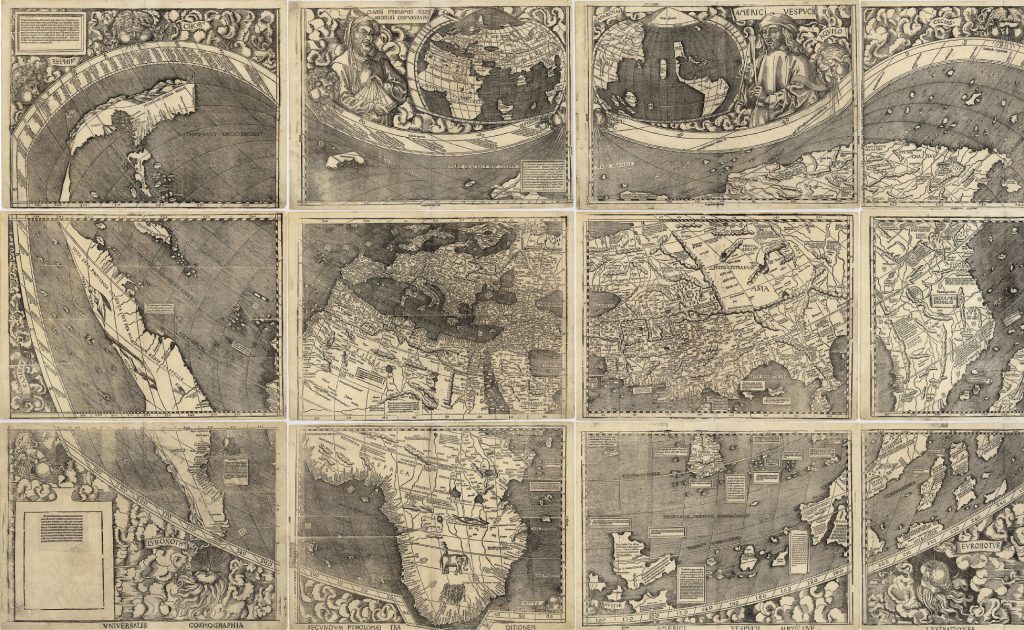1. The Americas, Europe, and Africa before 1492: Introduction

Globalization, the ever-increasing interconnectedness of the world, is not a new phenomenon, but it accelerated when western Europeans discovered the riches of the East. During the Crusades (1095–1291), Europeans developed an appetite for spices, silk, porcelain, sugar, and other luxury items from the East, for which they traded fur, timber, and Slavic people they captured and sold (hence the word slave). But when the Silk Road, the long overland trading route from China to the Mediterranean, became costlier and more dangerous to travel, Europeans searched for a more efficient and inexpensive trade route over water and in the process “discovered” the Americas and initiated the development of what we now call the Atlantic World.
Scandinavians were actually the first Europeans to “discover” the Americas. They reached North America around 1000 CE but were unable to establish long-term settlements and abandoned them within a generation. By the fifteenth century, their discovery had almost been entirely forgotten. When traders in the fifteenth century began to pursue commerce in Asia, they unexpectedly found what they considered to be a “New World” populated by millions and home to sophisticated and numerous peoples. Mistakenly believing they had reached the East Indies, these early explorers called its inhabitants “Indians.” West Africa, a diverse and culturally rich area, soon entered the stage as other nations exploited its slave trade and brought its peoples to the New World in chains. Although Europeans would come to dominate the New World, they could not have done so without Africans and Native peoples (Figure 1.1).

